A “woefully short” plan to spend millions doing up Aberdeen schools could still leave teachers and staff “bearing the brunt” of violence at the hands of pupils with complex needs.
GMB Union claims the city council’s school estate programme has “no recognition” of the increasing demand for specialist settings for children with additional support needs (ASN).
Aberdeen education bosses are devising a plan to get to grips with violence in city schools.
This includes steps to improve the consistency of incident reporting and mandatory training on risk assessment and health and safety – with targeted sessions for those teachers and staff facing behavioural issues.
They will also work to improve engagement with families.
At the same time, council chiefs are mapping out huge investment in Aberdeen’s crumbling Victorian schools.
Union leaders think the two projects could be more closely linked.
How bad is the violence problem?
Earlier this year Scotland’s largest teaching union, the EIS, revealed a third of some 800 Aberdeen members had been assaulted by a pupil.
Almost half said dealing with violent youngsters was an everyday occurrence.
Meanwhile, school support staff in Aberdeen have their own harrowing tales of abuse at the hands of pupils.
The GMB revealed nearly all pupil support assistants in its city membership have witnessed or suffered violence or verbal abuse at school.
Some have been left with PTSD or broken bones after attacks, leaving 70% to feel unsafe at work.
On top of that, teachers surveyed claimed they had been blamed for the attacks, or discouraged from reporting them.
Support staff took to Broad Street outside council HQ in March to demand action, with fears of an exodus from the vital roles otherwise.
What is the council doing about violence in Aberdeen school?
Unveiling an action plan to help tackle violence in Aberdeen schools, council education chief Shona Milne admits teacher complaints of feeling discouraged from reporting incidents or to blame for them were particularly “of concern”.
City officials have already put in place a whistleblowing procedure to allow staff to report violence and abuse.
And since, they have been in talks with the unions on ways to reduce violence in Aberdeen schools in the first place.
But firstly, Ms Milne wanted to set the record straight.
In a briefing prepared for councillors, she writes: “For clarity, Aberdeen City is not an outlier in terms of the behaviours of our children and young people and the vast majority of children and young people continue to behave well.
“However, in keeping with the issues being witnessed nationally, there is a need for local action.”
Ms Milne hopes this will help address the “increasing complexity” of needs, which are proving “challenging to manage at school level”.
During her number crunching, the schools boss found there was no rise in children being identified as having social, emotional and behavioural needs since 2020.
But the coronavirus pandemic arriving that year wrought delays in pupil development due to school closures.
The cost of living, and its impact on parent and child mental health are also being blamed for some of the trouble in schools.
The local authority is currently working out how best to spend tens of thousands of pounds on staff training to help with the violence in Aberdeen schools.
What do unions think of the Aberdeen school behaviour action plan?
Both unions say the Aberdeen behaviour action plan has made “important progress” on safety.
The majority (93% according to the GMB) of their demands have been met.
But leaders also think more can still be done.
“Disappointingly, the key demand not being met is the citywide review of ASN provision,” Aberdeen GMB branch convener David Willis tells The P&J.
“We have ever increasing numbers of high tariff children (those with more complex support needs) in mainstream schools.”
In his official submission on the behaviour plan, Mr Willis says the council is “woefully short” of provision of specialist settings.
“The school estate programme has no recognition of this need, which implies Aberdeen City Council is happy for increasing numbers of high tariff young people to be placed in mainstream with all the associated risks and shortcomings this entails,” he adds.
Mr Willis is not demanding ASN learners are unable to attend mainstreams schools.
His intervention is more a call to ensure adequate staffing, training, design and resources to ensure their inclusion.
The EIS too has hit out at the council’s “failure” to address the need for “additional resources to enable a more inclusive environment”.
Aberdeen City Council is also being urged to make a public statement, and display posters in schools, “affirming that violence and aggression will not be tolerated”.
The case for the Aberdeen school estate plan to give more weight to ASN provision
Meanwhile, Mr Willis wants the council to form a working group to review specialist provision, which could feed into the school estate programme.
He thinks there are “insufficient” specialist places for ASN pupils mean “there are always losers” during the application process.
“Year-on-year there are more children going into mainstream settings,” he tells us.
“It’s not fair to them, to other learners or our members.
“Members are suffering a high number of attacks from a small number of children.
“It is not the young person’s fault either, as they are just communicating in that mainstream setting.
“But our members are bearing the brunt of it.”
The unions say that pupils are currently being taught in schools without appropriate toilet and changing facilities, or lifting equipment.
Specialist knowledge is required in the design of learning spaces – ensuring sufficient space and facilities to help pupils “regulate behaviour or focus on a particular task”.
“Makeshift spaces” increase the likelihood of the “dysregulated behaviour,” Mr Willis claims, leaving teachers and staff facing potential violence.
Aberdeen teachers now more likely to ask for help with ASN pupils
What is apparent in Aberdeen though is that staff are more likely to ask for help with additional needs pupils.
“This could indicate that needs are more complex or that staff resilience is lower than pre-pandemic,” council education chief Ms Milne reflects.
The schools head adds that most incidents are logged as physical assaults – but the numbers are not broken down any further.
“At the moment a three-year-old throwing a toy across a room could currently be reported as physical assault with a weapon,” she writes.
“This would be flagged as prominently as staff being hit by a piece of furniture thrown by a dysregulated young person.”
Ms Milne wants to split these “developmental concerns” from serious physical assaults to allow “better interrogation of the data – and swifter action”.
Figures shared by the GMB show there were another 103 physical assaults in Aberdeen schools in March.
Another 41 incidents related to externalising behaviour and 17 to unacceptable behaviour.
“Regardless of the classification of incident the facts remain that most incidents are attributed to behavioural issues,” the GMB’s Mr Willis tells councillors.
Let us know your thoughts in the comment section below.
Warning: Aberdeen nearing ‘crisis point’ over mainstream schooling for ASN pupils
Part of the answer, he says, is definitively working out the demand for places in specialist ASN school settings.
That’s not necessarily the likes of special school Orchard Brae, but also the enhanced ASN wings at Mile End School and Bucksburn Academy.
With no official figures, Mr Willis is left to rely on murmurings from sources at schools across the city.
A senior staff member tells him they have more than 50 applications for the coming year.
More than half will end in disappointment from families and a child with additional needs in a mainstream school setting.
Last month, Aberdeen autism expert Edward Fowler told The Press and Journal the “presumption of mainstreaming” ASN pupils was “traumatising” youngsters.
He warned: “It’s getting to a crisis point.”
Urging transparency on the scale of the problem, Mr Willis added: “We cannot not do the exercise just because we know we won’t like the answer.
“We cannot wait for another review of the school estate programme. The need is there now.”
Long-awaited, the council’s estate review is finally bringing about investment in Aberdeen’s out-of-date school buildings.
In March, councillors set aside £17 million for Ferryhill School.
And there are promises that improvements at Harlaw Academy – designed by Archibald Simpson and built at the beginning of Queen Victoria’s reign – remain a “top priority”.
But improving ASN facilities will come at a cost – with increased funding likely required from Holyrood to bring ASN provision in Aberdeen up to scratch.
Will the council listen?
The Press and Journal specifically asked education convener Martin Greig about the GMB’s calls for a review of ASN provision as part of the school estate review.
Liberal Democrat Mr Greig told us: “It has been vital to listen to families, staff and unions to create this action plan.
“We need to keep on working together to ensure that every school is a safe and peaceful environment for everyone.
“Discussions with unions help to identify the actions that are needed.
“This is an ongoing process that is aimed at looking after the wellbeing of teachers and staff.
“Aberdeen’s school estate plan is a dynamic document that is regularly updated to ensure we are addressing needs across the city, taking into account issues of inclusion and community wellbeing.”
The P&J also asked about the claims the school estate plan left ASN provision “woefully short”.
The SNP vice education convener Jessica Mennie responded: “We also need to try and identify any gaps in support in order for us to meet those needs and that is a work in progress.
“Everyone deserves to feel safe in school.”
Councillors will discuss the behaviour action plan, targeted at reducing violence in Aberdeen schools, next week.
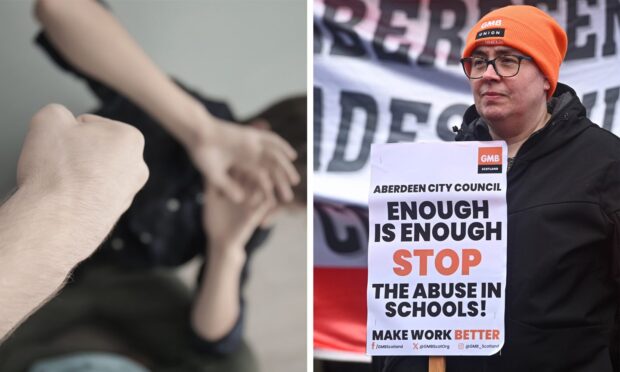




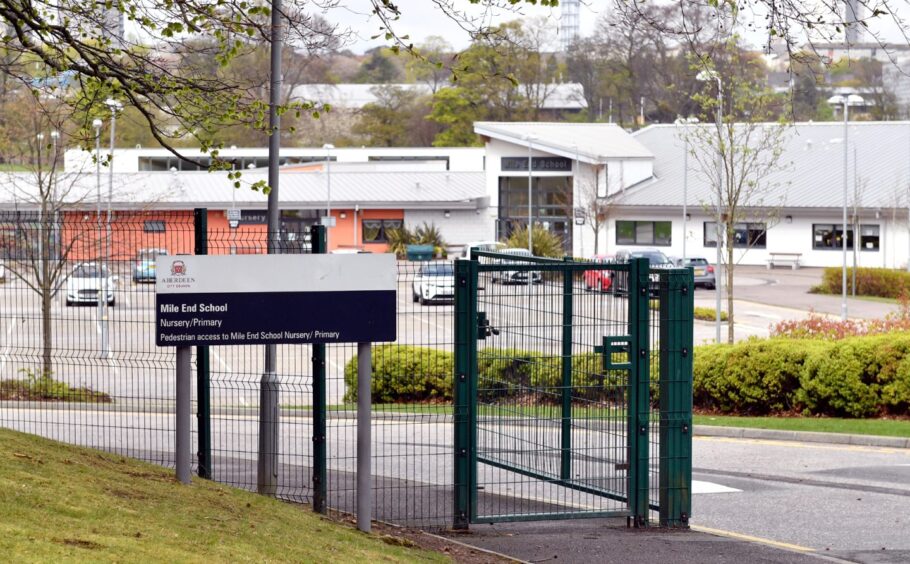
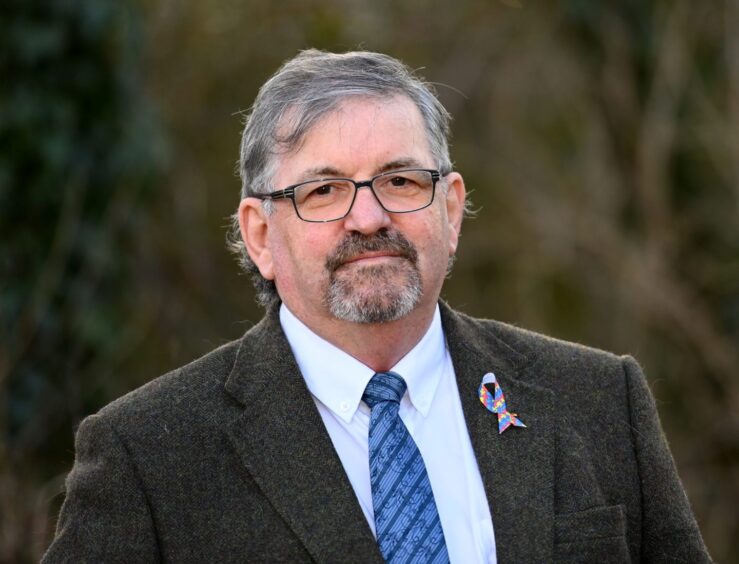
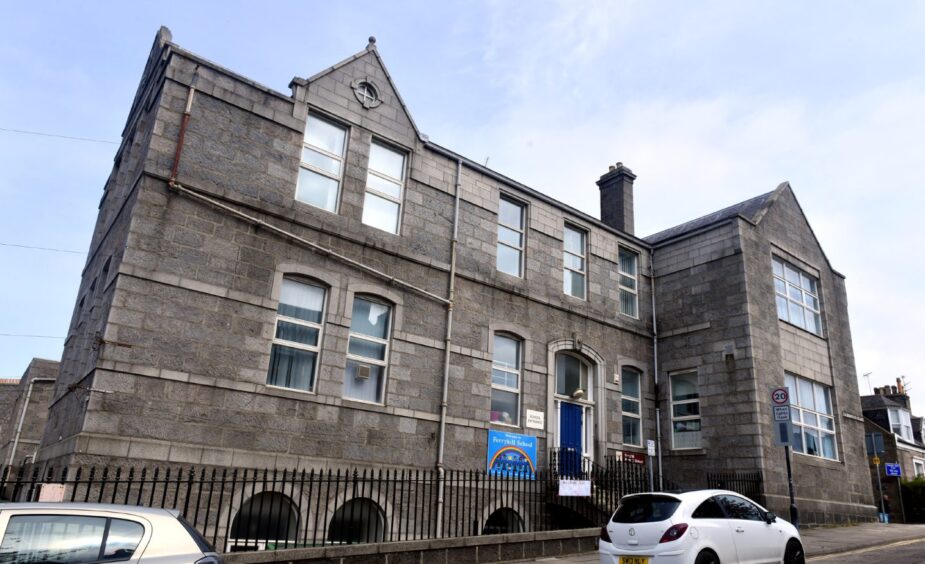
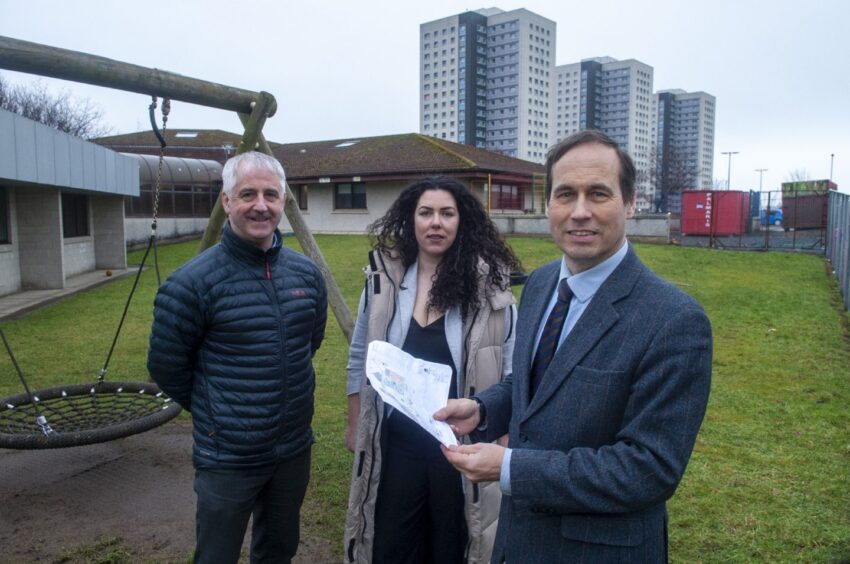
Conversation